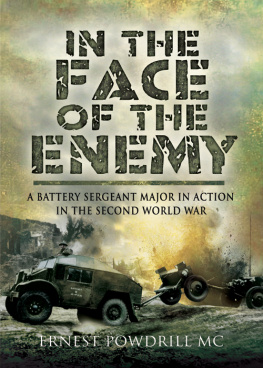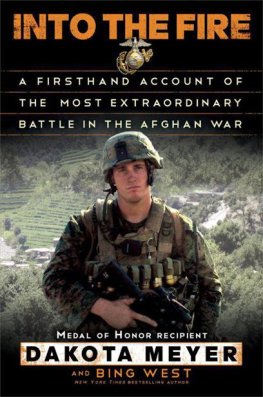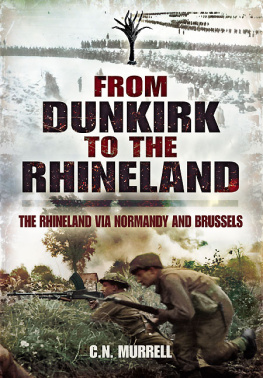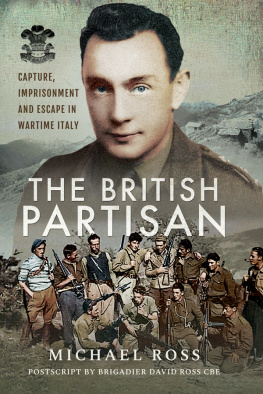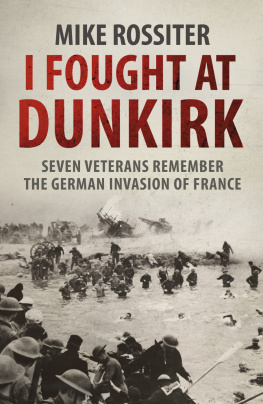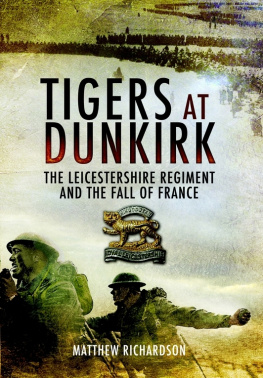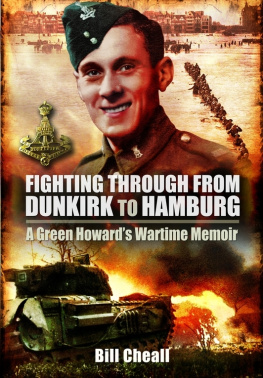To those men of L Sub, 30/46 Battery, 10th Field Regiment RA, and to those in D Troop, H Battery, 13th (HAC) Regiment RHA, with whom I had the honour of serving.

First published in Great Britain in 2008 by
Pen & Sword Military
an imprint of
Pen & Sword Books Ltd
47 Church Street
Barnsley
South Yorkshire
S70 2AS
Copyright E.A. Powdrill, 2008
ISBN: 978 1 84415 850 8
ISBN: 9781844684502 (epub)
ISBN: 9781844684519 (prc)
The right of E.A. Powdrill to be identified as Author of this work has been asserted by him in accordance with the Copyright, Designs and Patents Act 1988.
A CIP catalogue record for this book is available from the British Library
All rights reserved. No part of this book may be reproduced or transmitted in any form or by any means, electronic or mechanical including photocopying, recording or by any information storage and retrieval system, without permission from the Publisher in writing.
Printed and bound in England by Biddles
Pen & Sword Books Ltd incorporates the imprints of:
Pen & Sword Aviation, Pen & Sword Maritime, Pen & Sword Military, Wharncliffe Local History, Pen & Sword Select, Pen & Sword Military Classics, Leo Cooper, Remember When, Seaforth Publishing and Frontline Publishing.
For a complete list of Pen & Sword titles please contact:
Pen & Sword Books Limited
47 Church Street, Barnsley, South Yorkshire, S70 2AS, England
E-mail:
Website: www.pen-and-sword.co.uk
Contents
List of Maps
Introduction
Background
In setting down the events and activities in which I was engaged in the Second World War, I do so not with the intent of attracting notoriety, nor of self-seeking in any way, but to exorcize from my mind the atmosphere of war as I saw it. To take part in a battle, where the aim is to take ground by killing or disabling the enemy, is horrible by any standards, and is only redeemed by knowing that what one does is in the interests of one's country, and ultimately one's self.
To that end, I have confined myself to the two operations in which I took part the British Expeditionary Force in May 1940 and the European Campaign in 1944. I was not in contact with enemy in between those two operations, and that period only receives attention when it bears directly on the pursuit of those objectives. My aim, therefore, is to show by narration the day-to-day events in battle as I experienced them. I am not a professional historian, although I have read widely many of the relevant books on the subject. That process has enabled me to put some of the narrative into the overall context of the war.
and the literature on the subject is surprisingly rare. Nevertheless, I can remember sufficient to outline events as they occurred more or less on a daily basis.
We had gone to war, of course, with a sense of high idealism in preventing the realization of Adolph Hitler's territorial ambitions, even though the attacks on the Low Countries and France were only a prelude, as I later knew, to his intentions in the East, namely, Russia. Hitler's incremental expeditions in the Saar, Sudetenland, Austria, Czechoslovakia and Poland, were matters uncongenial to the rest of the civilized world, and they came to a head in September 1939 when Britain declared war on Germany. France's declaration came some hours later.
I joined the Territorial Army in 1935 and transferred to the Regular Army in 1938. By August 1939 I had reached the rank of full gun sergeant in 30/46 Battery of the 10th Field Regiment, Royal Artillery, the same month that we mobilized for war. Mobilization came as no surprise we had been expecting it for weeks, if not months. Store sheds, which had been under permanent lock and key, were opened. Reservists were recalled to the colours, and the Regiment, comprised of two batteries, reformed itself into twenty-four gun subsections, each of six men, headed by a full gun sergeant. My gun was numbered L subsection, armed with a Mark I 18/25-pounder gun, which was no more than a First World War 18-pdr bored out to take a heavier shell.
The Regiment left for France on 23 September 1939 as part of the British Expeditionary Force, expecting to reach Poland, which was being mauled by the German Panzer Divisions. Poland was the catalyst for entering the war, and in ignorance of intelligence to the contrary, we really thought that somehow we were Poland bound, but had no idea of how we were going to get there! It took a while to realize that this was not the case. sets out my remembrance of that abortive campaign.
May 1940 to June 1944 was a time of training in England. I joined the newly formed 13th (HAC) Regiment, RHA in January 1941, being promoted in May 1942 to Warrant Officer Class II (Battery Sergeant Major, or BSM) in D Troop, H Battery. We were destined for North Africa in 1942, but it was cancelled at the last moment and we settled down, with new equipment and armaments, to train for Operation Overlord in June 1944.
), and these notes have enabled me to devise a chronological sequence of events around which I have woven my own experiences. My encounter with this ex-Battery Clerk was fleeting and I regret being unable to acknowledge the debt I owe him.
Role
Sergeant majors are invariably caricatured in amusing scenarios as bawling idiots, as seen, for example, by Windsor Davies in the admirable TV series It Ain't Half Hot, Mum, and by Phil Silvers in Bilko, and whilst we in the RHA liked to do a bit of shouting now and then, we were not warrant officers for nothing.
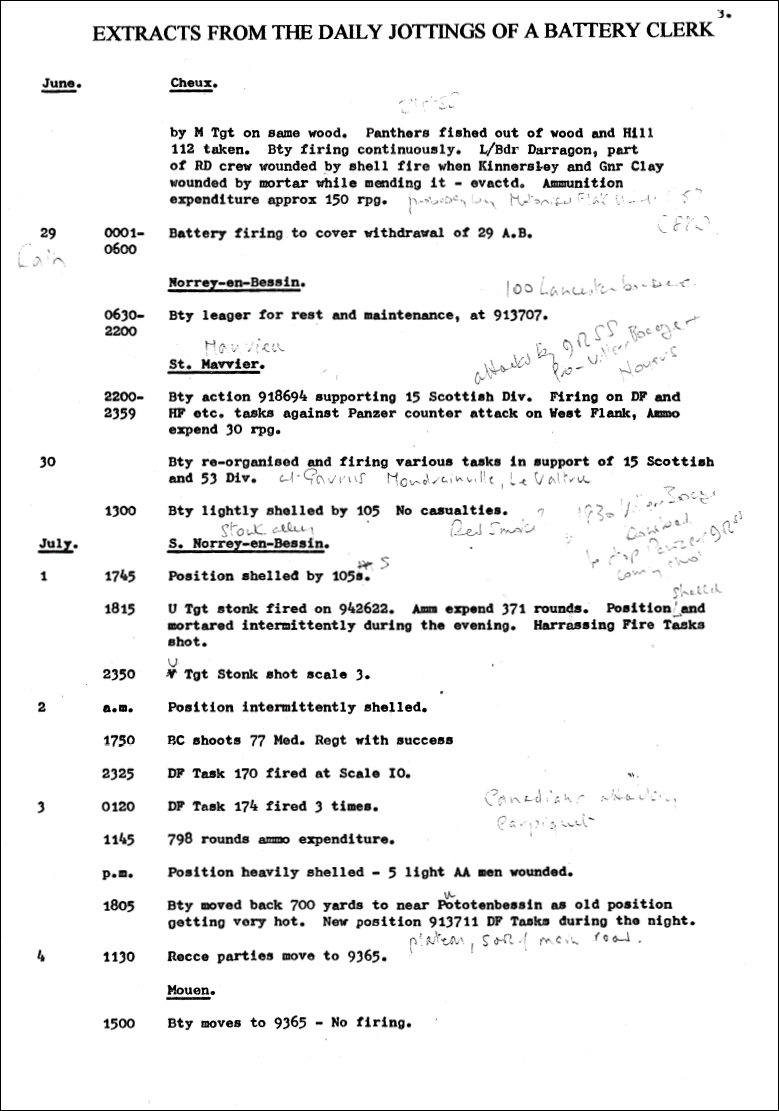
The role of a WO2 in an armoured artillery formation has not, in my experience, been written down; it evolves from circumstances existing at the time. He is by no means a drill sergeant. That he is responsible to his Troop Commander for the discipline of the men means that he did it mostly by his personality and expressed military knowledge. He had to earn respect, particularly from his nine troop sergeants. Not to do so made for an uncomfortable situation.
There are differences between the action roles of a Troop WOII in units comprised of towed guns (Field Artillery) and guns mounted on armoured tracked vehicles (quaintly called Horse Artillery). In the case of the former, his prime role in action was to ensure that the guns occupied positions that might already have been surveyed in, and to lead the towing vehicles back to some place at the rear called the Wagon Lines, then alternating between the two locations. In the latter case, that situation does not arise. Technical competence is required in military survey, mathematics, ballistics, a full range of gunnery detail and some knowledge of battle tactics, all with a keen eye for detail. In my own case, as the narrative will show, I was respectively Troop WOII, Troop Leader, Relief Gun Position Officer (GPO) and Forward Observation Officer (FOO). Admittedly, some of these duties arose from the exigencies of the moment, although the combined duties of Relief GPO, Troop Leader and Troop BSM existed on a permanent daily basis for eight months in 1944.
Armament
In the brief twenty-day campaign in France and Belgium during May 1940, my Regiment (10th Field) was armed with 18/25 pdrs. Almost every part of its operation had to be manhandled by its team of six men, including the gun sergeant. During the brief campaign, my gun fired 317 shells, with 161 being fired in the first few hours.
Next page
